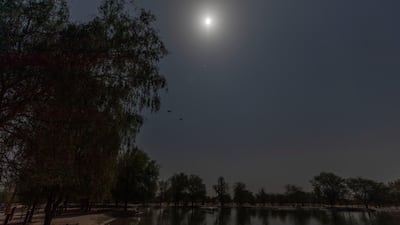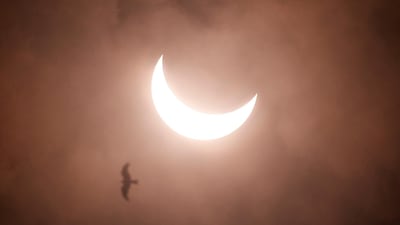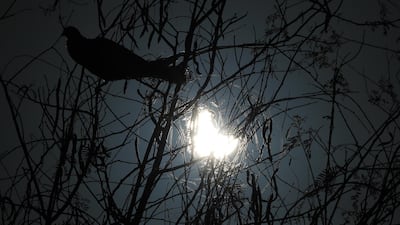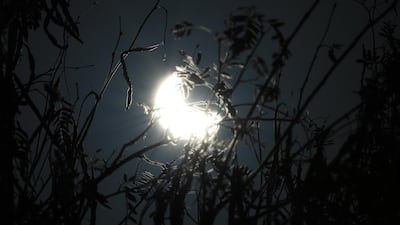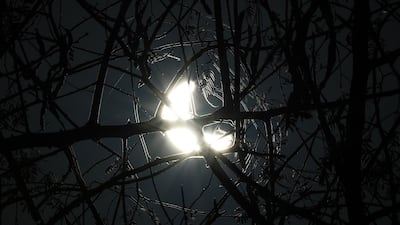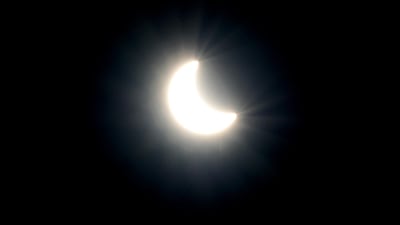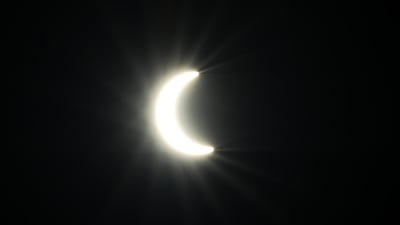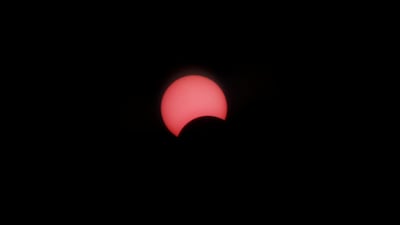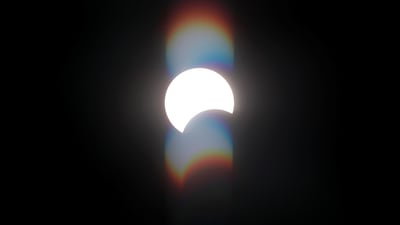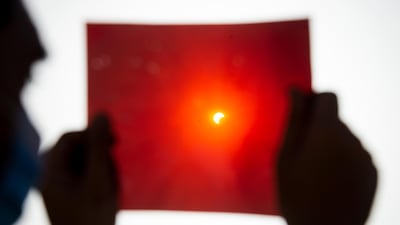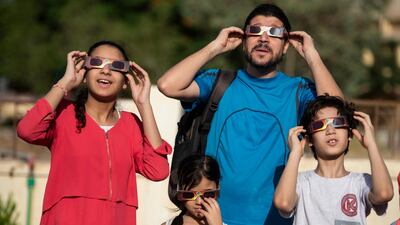A rare comet that will not be visible again for another 6,765 years is passing over the UAE and can be spotted until Saturday.
Comet Neowise was first discovered by scientists in March, but made its first close approach to Earth on July 3, becoming visible mostly in the North and South American continents.
Now, it has made its way to this side of the planet and can be spotted anywhere in the UAE from 4.07am until before the sun rises.
UAE astronomy centres captured images of the comet on their telescope on July 9.
“You can observe the comet from anywhere in the UAE with your naked eye, but even a bright comet like this one, can be obliterated by then horizon clouds, haze, humid air, smoke, twilight glow, city light or the moonlight,” said Dubai Astronomy Group, who posted photos of the comet on their social media channels.
It is being dubbed as the brightest comet of the decade and 10 times brighter than the full moon. A pair of binoculars or a telescope will enhance the view for observers.
Astronomers at the Sharjah Academy of Astronomy, Space Sciences and Technology also captured the comet on their telescopes.
“The Neowise Comet shines in the UAE sky at dawn (an hour before sunrise) and can be observed using a telescope,” the academy posted on their social media channels.
The Dubai Astronomy Group explained that comets are made up of dust, rock and ice. As they orbit closer to the sun, they heat up and spew gases and dust, which gives it the glowing effect and causes it to form a ‘tail’ that stretches millions of miles.
Comet Neowise is currently crossing outside of Earth’s orbit and is making its way back to the outer parts of the solar system.
It is expected to make its closest approach to our planet on July 22 and will move away from our orbit by mid-August.
Nasa astronaut Bob Behnken tweeted a photo of the comet from the International Space Station on July 6.
The comet was discovered by US space agency Nasa's Neowise telescope, which is a spacecraft that orbits Earth every 95 minutes 15 times a day. Its mission is to find near-Earth objects.
Solar eclipse seen from the UAE in June
